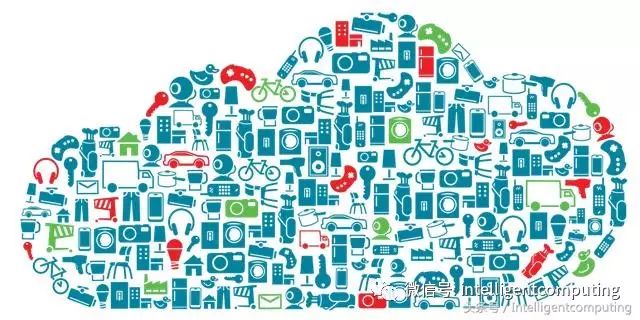
Whether you are new to IoT or an experienced veteran, you may have heard the term “IoT Platform” before. After all, there were over 300 IoT platforms last year, and that number continues to grow rapidly (I’ve heard there are now over 700). The compound annual growth rate (CAGR) of the IoT platform market is 33%, and it is expected to reach $1.6 billion by 2021.
The IoT platform is a key component of the IoT ecosystem, but I find that for many people, it is still unclear what an IoT platform is or the differences between them.
In this article, I will provide a simple, non-technical explanation of IoT platforms. What they are, when businesses use them, and important considerations when choosing between the many options available.
So what is an IoT platform?
To understand what an IoT platform is, you first need to understand the components of a complete IoT system. My previous post, “How IoT Systems Work?” is a great way to learn, but I will quickly summarize here.
-
A complete IoT system requires hardware, such as sensors or devices. These sensors and devices collect data from the environment (for example, moisture sensors) or perform actions in the environment (for example, watering crops).
-
A complete IoT system requires connectivity. Hardware needs a way to transmit all data to the cloud (for example, sending moisture data) or needs a way to receive commands from the cloud (for example, to seed crops now). For some IoT systems, there can be intermediary steps between the hardware and the connection to the cloud, such as gateways or routers.
-
A complete IoT system requires software. This software is hosted in the cloud (what is the cloud), and is responsible for analyzing the data collected from the sensors and making decisions (for example, knowing it just rained from the moisture data and telling the irrigation system not to turn on today).
-
Finally, a complete IoT system requires a user interface. To make all this useful, there needs to be a way for users to interact with the IoT system (for example, a web application with a dashboard displaying moisture trends and allowing users to manually turn the irrigation system on or off).
IoT platforms are the supporting software that connects everything in an IoT system. IoT platforms facilitate communication, data flow, device management, and application functionality.
IoT platforms exist in the third part, typically being the fourth part of the above. With all the different types of hardware and various connectivity options, there needs to be a way to make everything work together, and that is what IoT platforms do.
IoT platforms help:
-
Connect hardware
-
Handle different communication protocols
-
Provide security and authentication for devices and users
-
Collect, visualize, and analyze data
-
Integrate with other web services
When should your business apply an IoT platform?
Since IoT is a system of systems, it is rare to find organizations with expertise in all relevant areas. There are IoT platforms available that help businesses overcome technical challenges without having to shoulder it all internally.
For example, your business may be really good at building hardware and decides to make your hardware “smart”. Instead of the expensive and time-consuming process of hiring software developers to build everything in-house, you can quickly and more economically get started with an IoT platform.
However, there is a trade-off. IoT platforms can save you time, but in the long run, the costs can be higher, depending on their pricing. This is because they charge usage and/or subscription fees that may increase over time. However, you can still benefit from significantly reduced upfront costs (no capital expenditures).
Inexpensive IoT platforms may cost you time in the long run. This comes back to the same point as above; you spend less work, and what you have to do yourself takes time.